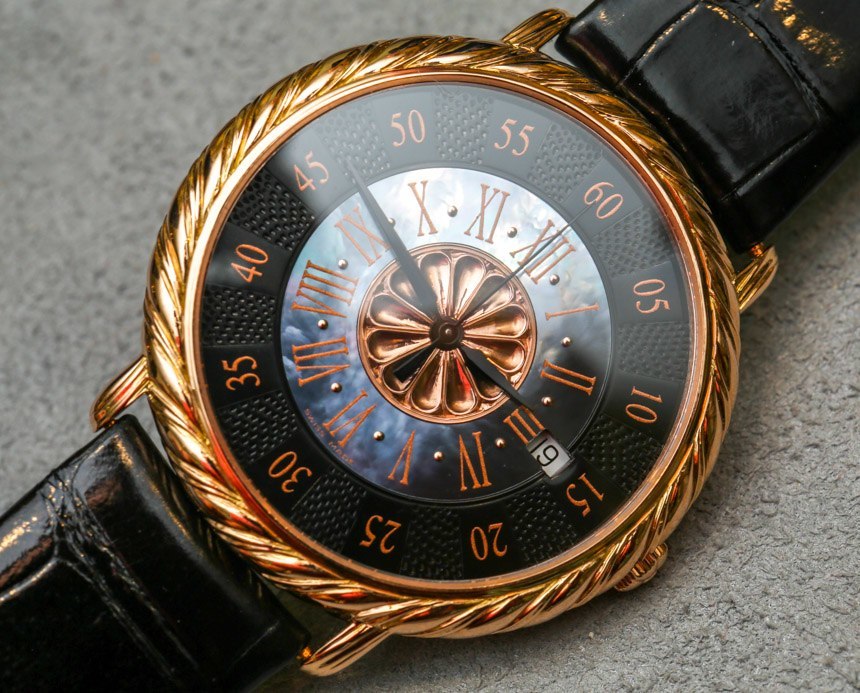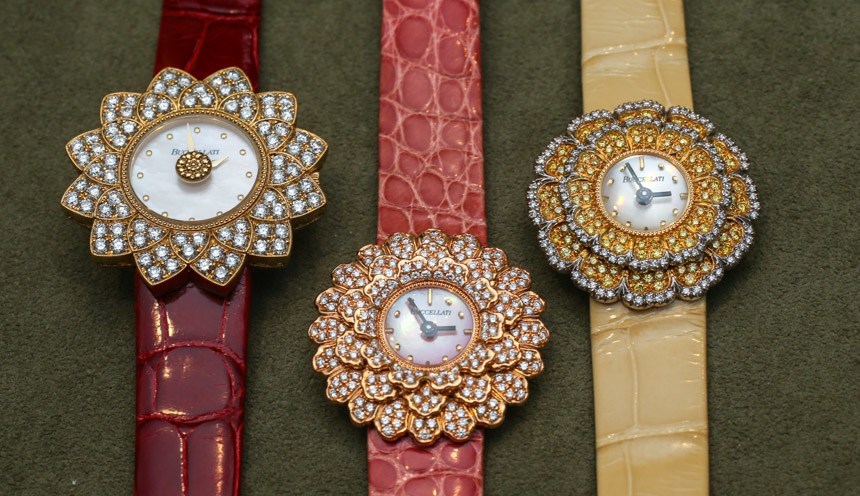
I recently visited Buccellati in Milan, Italy and shared my experience inside the Buccellati jewelry manufacture here on Forbes. So for aBlogtoWatch, I’d like to focus more on Buccellati watches versus their jewelry and silver goods. If you aren’t familiar with Buccellati yet, that is okay. They aren’t as well known outside of Italy as many of the French jewelry brands are known outside of France. Buccellati as a formal company has been around since 1919 in Milan, and since then has developed into what many refer to as “the Van Cleef & Arpels of Italy.”
That is saying a lot for a country so well known for design and jewelry. I am not as well versed in jewelry as I am in watches, but asking around, people seem to agree that the king of Italian Jewelry is Buccellati. The company is currently known for producing three major types of products, and those include silverware and table-top items in silver, jewelry, and timepieces. This latter segment is the newest arm of Buccellati and according to the brand they have been focusing a lot more on timepieces since the year 2000, even though there are some more historical Buccellati timepieces around.
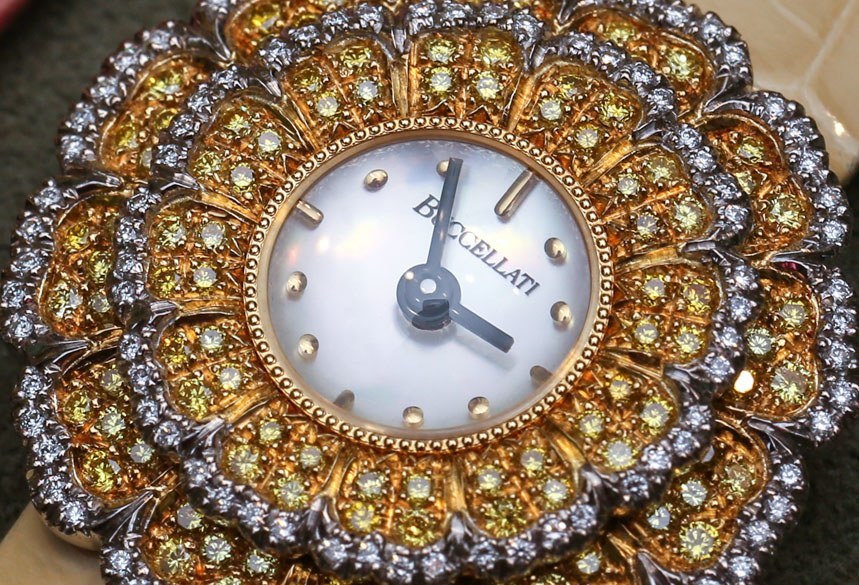
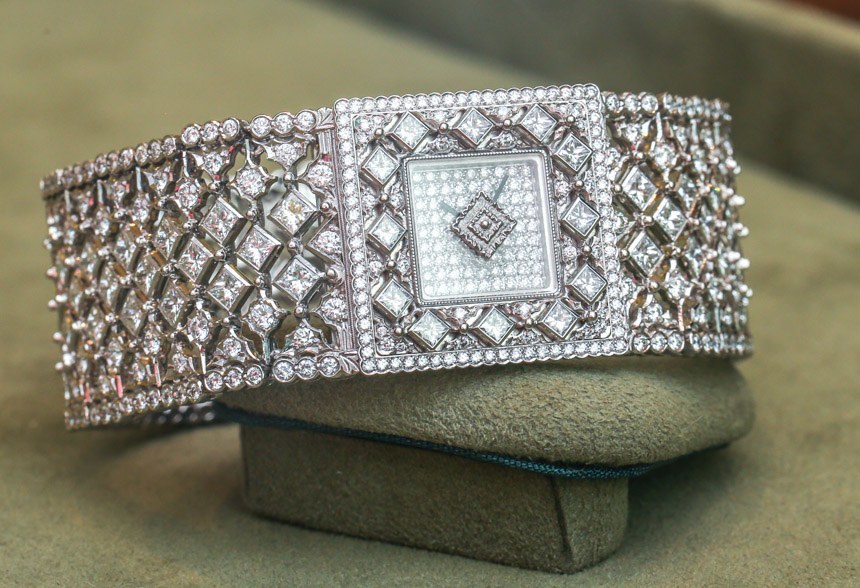
One of the things I find so interesting about Buccellati is that, according to them, 70% of their income is derived from completely one-of-a-kind creations. Even if unique items of jewelry don’t account for 70% of their total production, it shows you how important their relationship is with clients looking for exclusive items. I am not a huge fan of minimalist jewelry design, and prefer traditional pieces with a lot of “artistic density.” For more on that topic you can reference my interview with Pascal Raffy of Bovet.
Buccellati jewelry is actually all designed by Mr. Andrea Buccellati and his daughter Lucrezia. This means that all the jewelry comes from a single source, which allows the brand to have a more authentic, and less commercial character. Yes, it is true that there are general production Buccellati items, but what you should also know is that all Buccellati pieces of jewelry, whether they are one-of-a-kind or part of a collection, are hand-made.
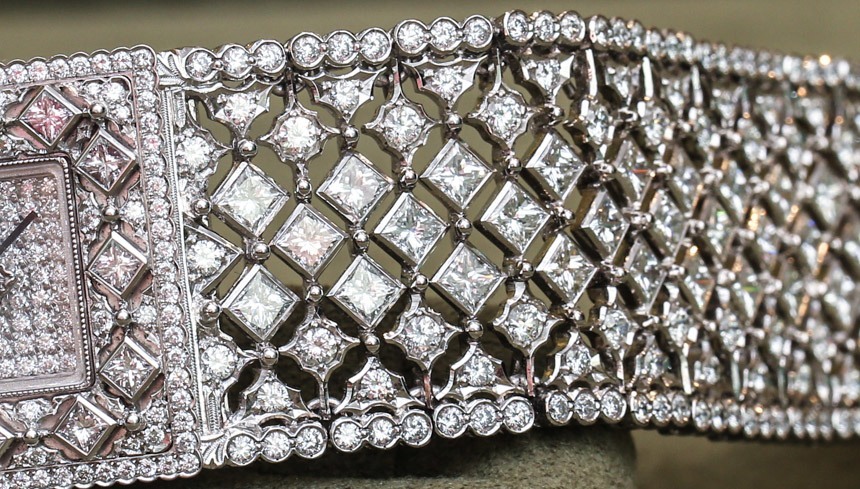
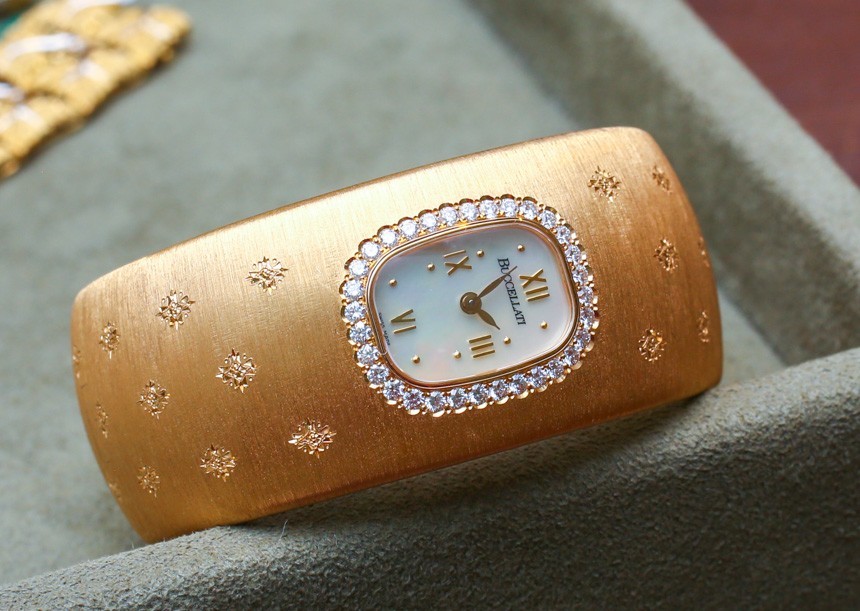
How does this translate to their watches? That is a good question. Buccellati has four manufacturing facilities in Milan, Bologna, Como, and outside of Italy, there is a location in Chiasso, Switzerland. Of course, this latter place is where Buccellati watches are made. Even though Buccellati watches do not contain in-house movements, they are produced by Buccellati themselves.
Buccellati is very strong in the area of women’s watches. There is a more direct design synergy between women’s jewelry and watches than there is with men’s watches. The men’s Buccellati watches are part of collections, while the women’s watches seem to combine both one-of-a-kind creations with collection models. Most of the men’s watches come from a place with a good concept, but the company is aware that further refinements are needed to have them appeal to a more sophisticated watch audience.
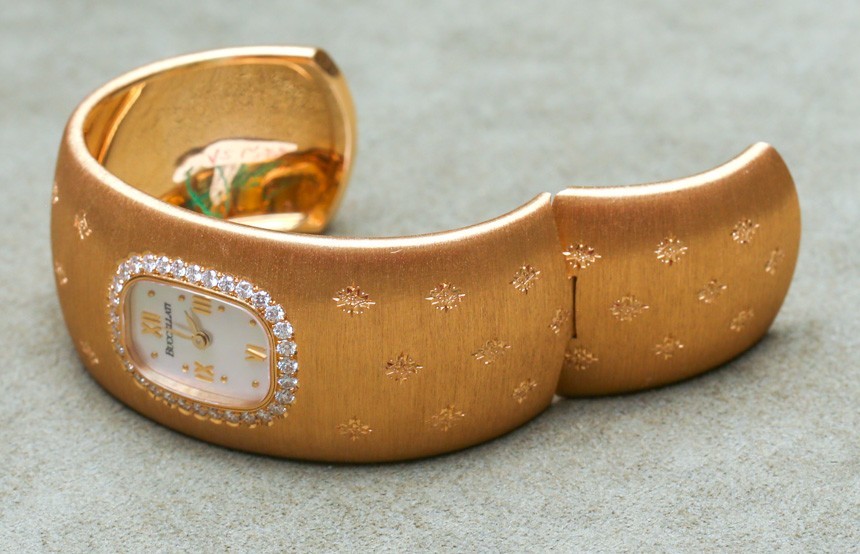
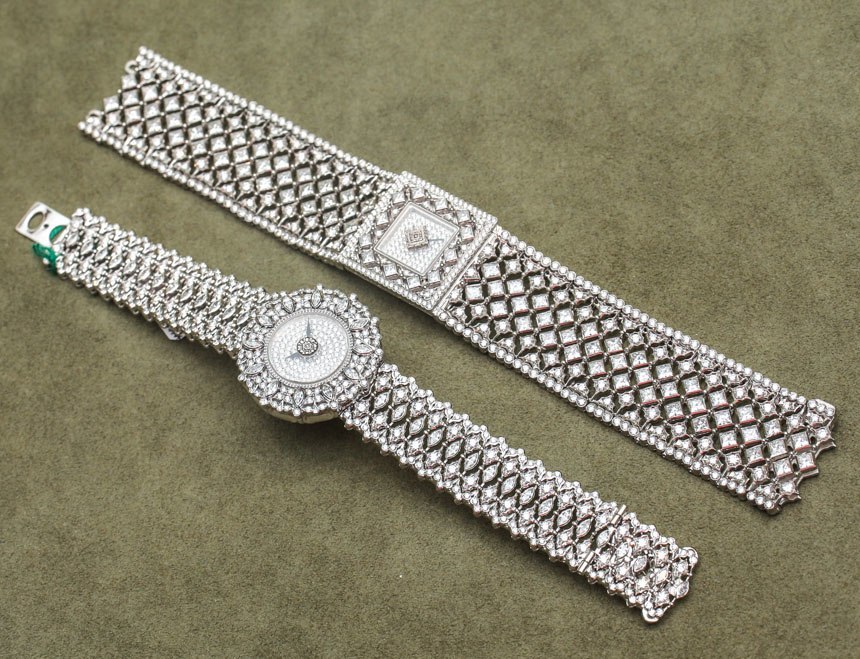
Earlier this year, Buccellati hired Patrick Normand as their new Commercial Director, who came from a background working with a range of major Swiss and French watch and jewelry brands. The goal is to expand the appeal of the company outside of its traditional bases, while improving in needed areas. Buccellati should be applauded for knowing what they are good at, but also focusing in improving where possible. Normand explains that Buccellati is only now developing their own internal “watch culture.” Something that will develop and improve their men’s watches.
With that said, Buccellati is a remarkably discreet brand coming from Italy. You don’t often see their ads, and there has been zero marketing of Buccellati watches to the larger watch press. Consider my look to be a relatively early glimpse into what more people should begin to see as Buccellati continues to leverage their strength as jewelry watch makers, but also improve their more mainstream and men’s watch collections.
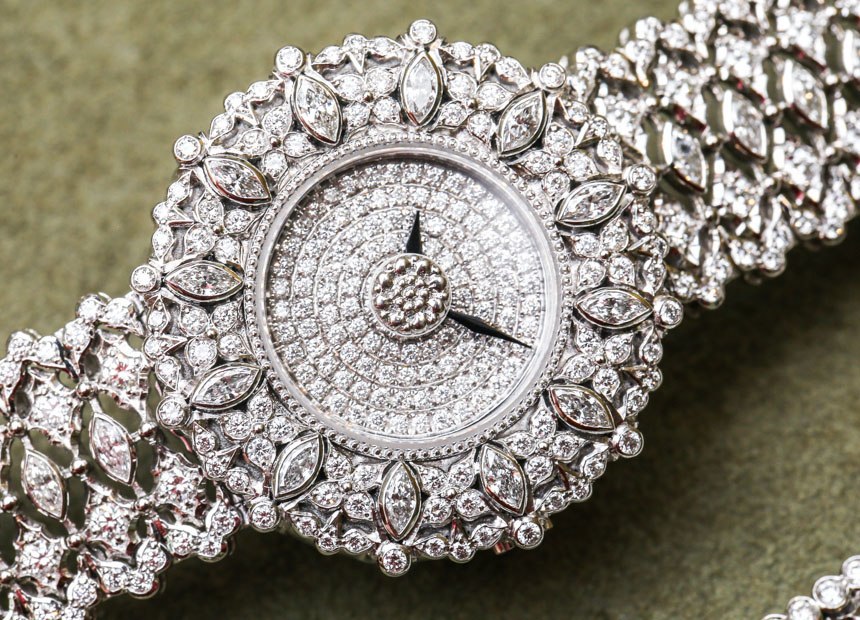
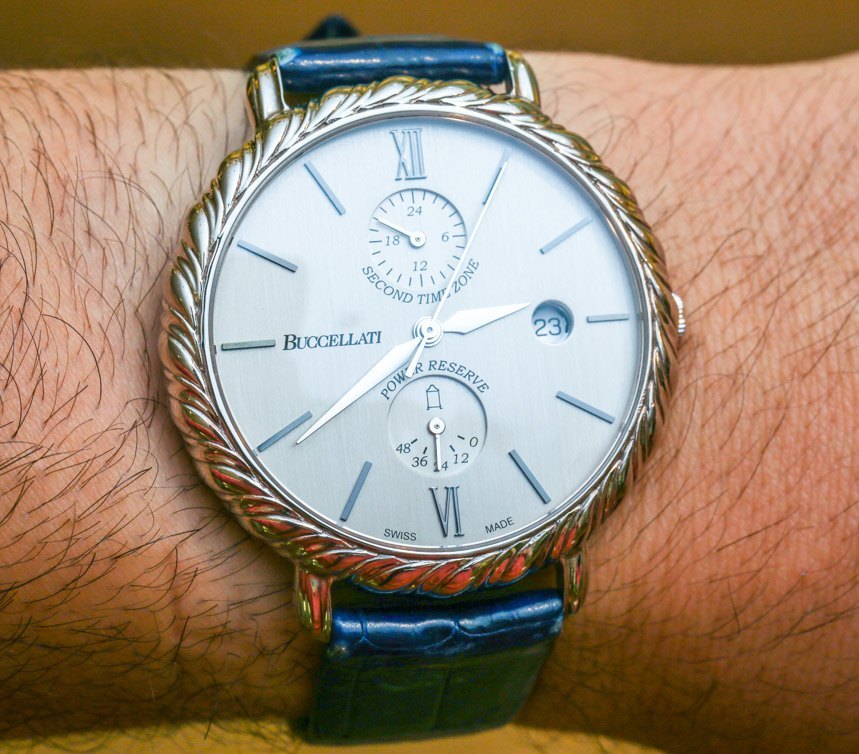
The jewelry watches are gorgeous and employ the rich Italian design heritage that Buccellati draws from. Perhaps their most iconic women’s watch is built on the Buccellati cuff which they call the Buccellati Cleopatra watch, and it comes in both normal and miniature size (thinner cuff) versions. Produced from gold, the Cleopatra cuffs have a hidden joint that allows for the cuff to be put on and taken off. These cuffs are available without watch faces of course, so in a sense, these are a true evolution of their pure jewelry pieces.
Buccellati is known for a special form of gold engraving that they call “Rigato.” This technique is designed to make the surface of gold look like silk fabric. It almost looks like a deep brushed finishing, but rather then done with a tool is completely hand-engraved using a special tool. Buccellati’s signature cuffs have developed into a range of watches, often decorated with additional engraving and diamonds. It is unique to find high-end jewelry watches that are part of cuffs, actually.
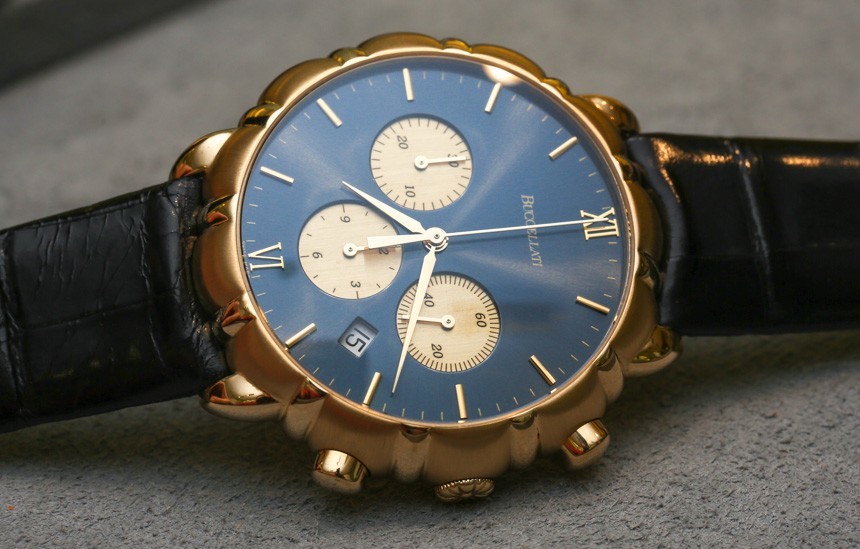
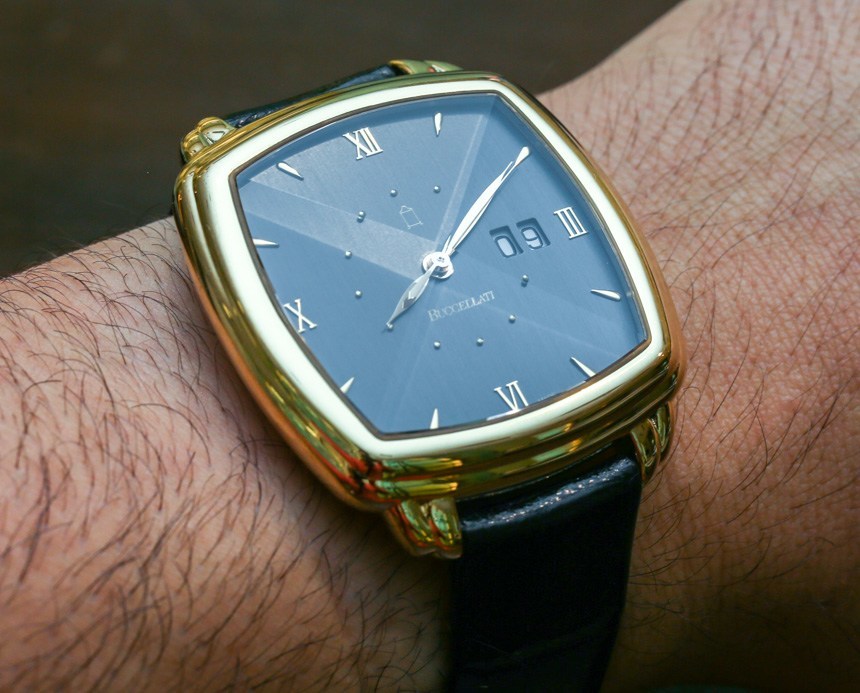
Buccellati produces both mechanical and quartz watches for both men and women. The men’s watches are all in 18k gold (various colors), and represent some interesting design elements that I look forward to the brand expanding on. One of the mechanical cushion-shaped watches has a sapphire crystal with a triangular facet-cut, while many of the men’s “Androchron” collection watches have pillow-style case sides meant to suggest the decorative aesthetic of the overall brand. Another collection of men’s watches also designated by the case design are the Audarchron collection, with a bezel and case-side that look more like twisted rope. Buccellati men’s watches range in size from about 38mm wide to 43mm wide at this time.
The men’s watches no doubt have many areas where they can be improved. Ironically, at prices starting at about 15,000 Euros they are among the more affordable “wearable” items offered by the brand. As far as I know, only gold and sometimes platinum are used for Buccellati watches; there are no steel or titanium timepieces currently available from the brand. Buccellati is aware of the improvements that need to be made, which mostly come down to refinement. These includes issues such as dial design, hand length, case finishing, and overall designs that fit more into the general world of Buccellati.
